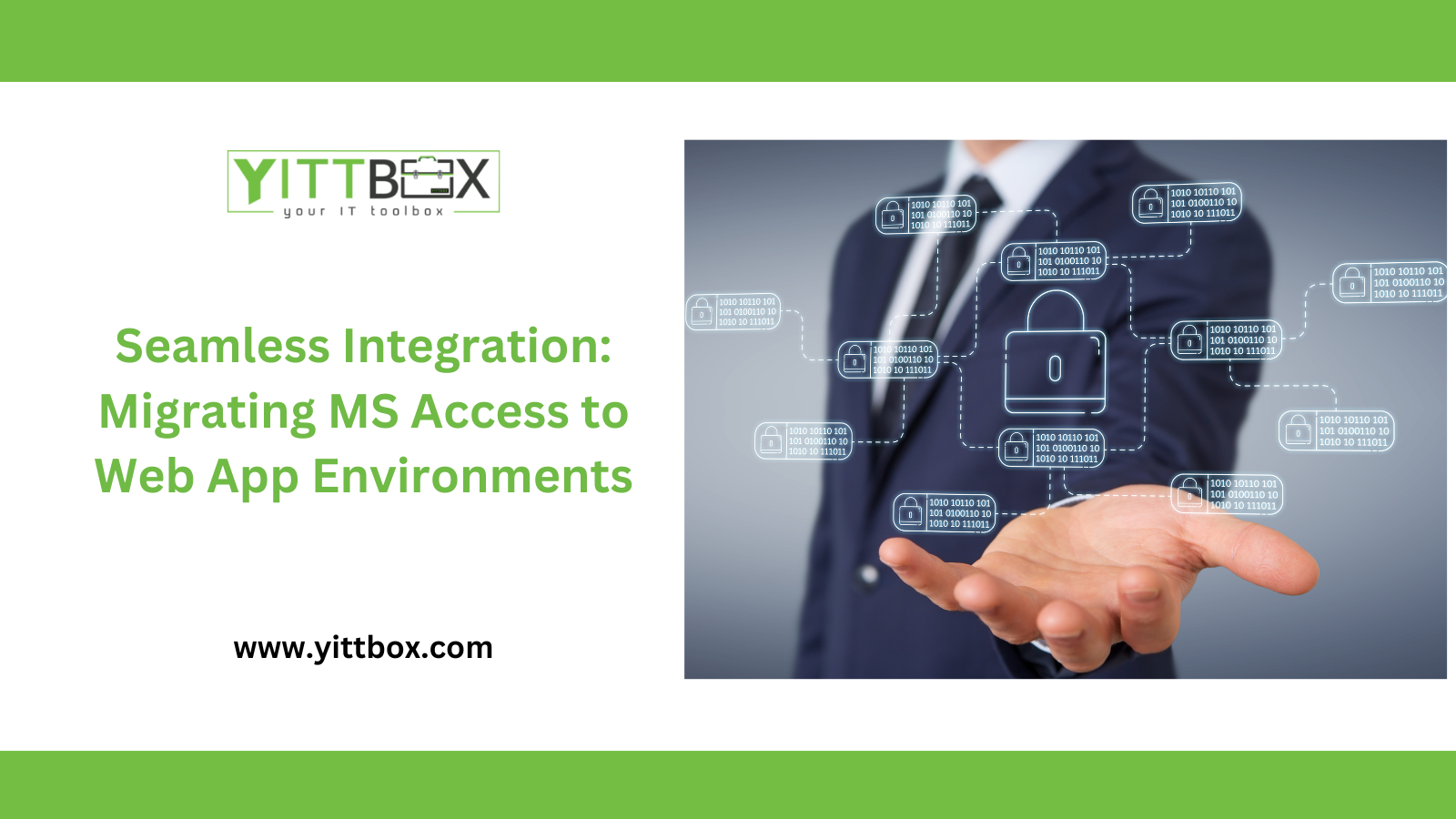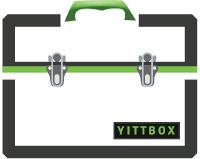Introduction:
In today's rapidly advancing digital realm, enterprises encounter the ongoing imperative of efficiently managing data amidst technological progressions. For numerous firms, Microsoft Access (MS Access) databases have historically served as a primary tool for data administration. However, with the escalating demand for seamless integration, scalability, and accessibility, organizations are increasingly opting for web applications as a more agile and versatile solution.
The Imperative for Transition:
While MS Access databases have been dependable assets for businesses, their limitations become increasingly apparent as enterprises evolve. These databases are often confined to singular devices, posing challenges for simultaneous data access and collaboration among multiple users. Moreover, as data volumes surge, performance issues may impede productivity.
Key Advantages of Migrating to Web Applications:
Augmented Accessibility:
Web applications offer unparalleled accessibility, enabling users to access data from any internet-connected device. Whether employees operate from the office, home, or remote locations, they can seamlessly engage with real-time data, fostering productivity and collaboration.
Enhanced Scalability:
Unlike MS Access databases, which may struggle to accommodate substantial datasets and user loads, web applications boast high scalability. As businesses expand and data volumes surge, web apps effortlessly adapt to increased workloads, ensuring optimal performance without compromising efficiency.
Facilitated Collaboration:
Web applications facilitate seamless collaboration among team members, allowing multiple users to access and update data concurrently. Whether collaborating on projects, exchanging insights, or making data-driven decisions, web apps empower teams to collaborate more effectively.
Integrated Functionality:
A key advantage of migrating to web applications is their capacity for seamless integration with other systems and tools. Whether integrating with CRM software, accounting platforms, or third-party APIs, web apps can be customized to meet specific business needs, streamlining workflows and bolstering functionality.
Robust Security Measures:
Data security is paramount, and web applications offer robust features to safeguard sensitive information. From encrypted data transmission to role-based access control, web apps provide assurance that data remains secure from unauthorized access and breaches.
The Migration Process:
Evaluation:
Prior to embarking on migration, a comprehensive assessment of the existing MS Access database is essential. Identifying pain points, data dependencies, and user requirements ensures a smooth transition to the web app environment.
Strategic Planning:
Define clear migration objectives, encompassing desired features, functionality, and timelines. Collaboration with stakeholders ensures alignment with organizational objectives and priorities.
Developmental Collaboration:
Engage skilled developers to design and construct the web application, ensuring compatibility, performance, and security. Adherence to industry standards and best practices ensures the creation of a robust, scalable solution.
Data Migration:
Migrate data from MS Access to the web application, prioritizing accuracy, integrity, and completeness. Thorough testing of the migration process is essential to identify and address any discrepancies.
Comprehensive Testing:
Conduct extensive testing of the web application to ensure alignment with organizational requirements and expectations. Identifying and rectifying any bugs, errors, or performance issues is imperative before deploying the application to users.
User Training:
Provide comprehensive training to users, ensuring proficiency in utilizing the new web application. User understanding of effective data access and interaction maximizes productivity and efficiency.
Deployment and Monitoring:
Deploy the web application to users, solicit feedback, and implement necessary refinements based on user input. Ongoing monitoring post-deployment ensures sustained performance and stability.
Conclusion:
The migration of MS Access databases to web app environments presents businesses with a seamless integration solution, enhancing accessibility, scalability, collaboration, integration, and security. By adhering to best practices and embracing contemporary trends in web application development, organizations can streamline data management processes and position themselves for success in the digital age. If your enterprise is poised to embark on this data management journey, contact us today to explore how we can seamlessly transition you to a web app environment tailored to your unique business requirements.
For expert guidance on future-proofing your data infrastructure through MS Access to web app conversion, contact us at [Sales@Yittbox.com]







